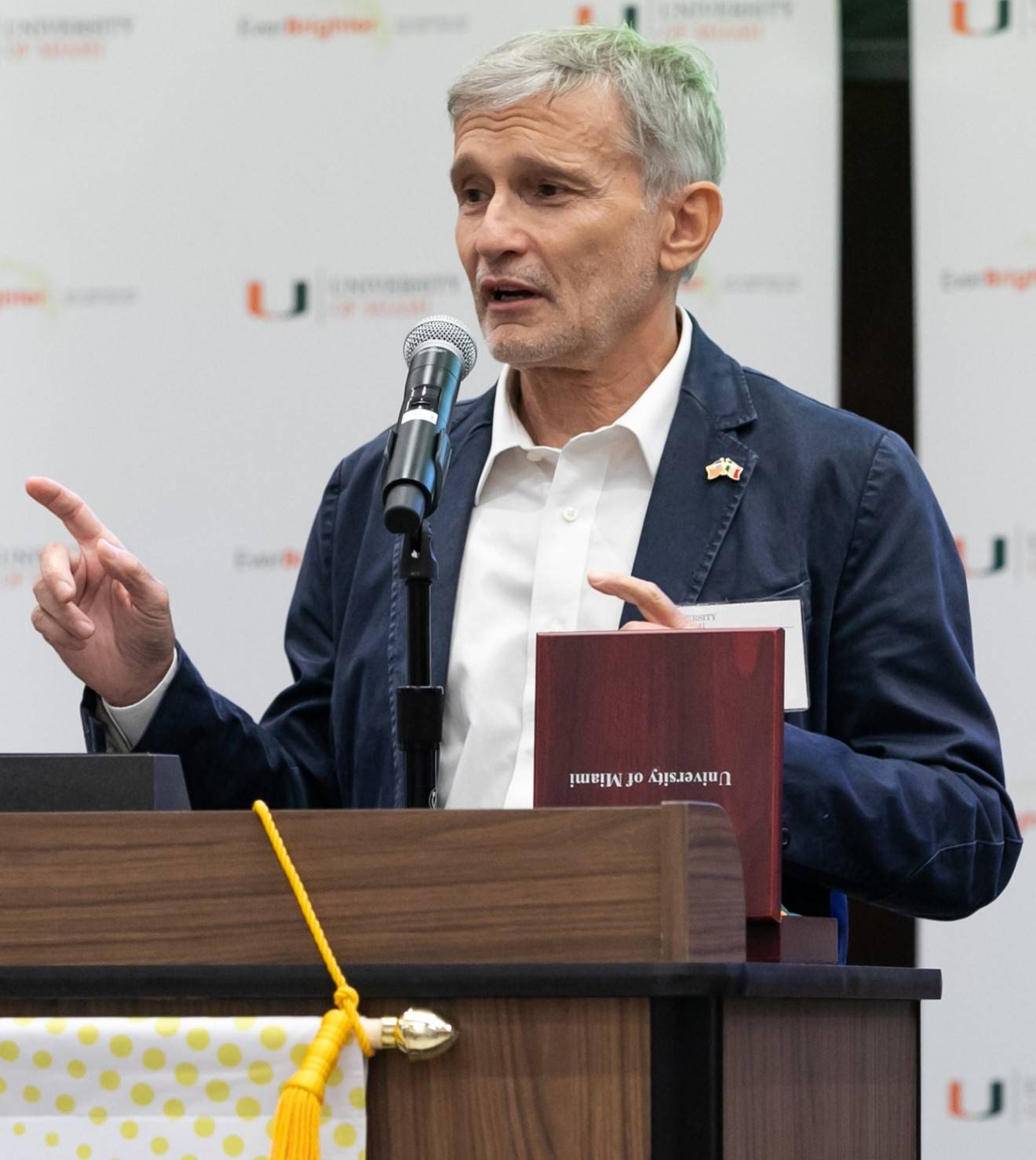Performance of FRCM strengthened RC beams subject to fatigue
Performance of FRCM Strengthened RC Beams Subject to Fatigue
Abstract. Fabric reinforced cementitious matrix (FRCM) is a relatively new material system recently developed for the repair, retrofit, and rehabilitation of reinforced concrete (RC) and masonry structures. Concrete structures such as bridges experience high traffic volumes and varying vehicle axle weights causing repeated cyclic loading throughout their lifetime. Cyclic loading may cause damage to the structure, a phenomenon known as fatigue. Due to the novelty of FRCM technology, there is a lack of research regarding the long-term performance of FRCM systems for RC strengthening. This study aims to investigate experimentally the parameters that most influence the flexural fatigue performance of PBO-FRCM strengthened RC beams. For members subject to cyclic loading, a stress ratio vs. the number of cycles (S-N) curve is developed with the objective of defining the endurance limit of the strengthened beams. Failure mode and fatigue life of the beams during cyclic loading are investigated and discussed.
Key words: PBO FRCM, composites, fatigue, retrofit, cyclic load
1. Introduction
1.1 Repair of Reinforced Concrete (RC) Structures
The strengthening of RC structures is a recurring challenge in the transportation infrastructure where bridges experience a large number of repeated loading due to vehicular traffic that may lead to fatigue failure. Many studies have been conducted to evaluate the fatigue performance of conventional RC showing that fatigue failure is predominantly dependent on the steel reinforcement, and rarely controlled by concrete.
Existing externally bonded strengthening technologies based on organic matrices referred to as fiber-reinforced polymer (FRP) and more novel solutions based on inorganic matrices known as fabric reinforced cementitious matrix (FRCM) systems have proven to successfully increase and restore strength in RC structures. FRCM systems consist of one or more carbon, glass, aramid, or Polyparaphenylene benzobisoxazole (PBO) fabrics that are sandwiched between layers of cementitious mortars. FRCM systems possess an inherent resistance to heat and excellentcompatibility with the concrete substrate (i.e., can be applied on a wet surface and allow vapor permeability). This paper reports on the evaluation of 11 FRCM-strengthened RC beams subject to monotonic and fatigue loading where fatigue life and failure modes are investigated.
1.2 PBO-FRCM as a Material System
The PBO-FRCM system is the modern answer to the needs of new structural and durable materials for the restoration, rehabilitation and reinforcement of RC and masonry structures. This system employs a special inorganic matrix instead of the epoxy resin as binder for a synthetic fiber fabric.
The choice of a PBO-FRCM system compared to the FRP equivalent may be justified by the of durability performance of this system under service (e.g., temperature and relative humidity) conditions.
Tests carried out at different temperatures and 100% RH show that FRP systems lose almost 50% of the mechanical performance after 5 days at 30° C and 100% RH. Furthermore, after 4 days at 40°C and 100% RH, the loss reaches over 70% compared to the values of the samples maintained in standard conditions (25°C and 50% RH).
The low heat resistance of the epoxy resin triggers the early start of the intermediate adhesive delamination phenomenon at the fiber-matrix interface. Under similar exposure conditions, the PBO-FRCM system does not suffer mechanical performance alterations.
PER LEGGERE L’INTERO ARTICOLO SCARICA IL PDF
Memoria tratta dagli Atti del "11TH INTERNATIONAL CONFERENCE ON COMPOSITE SCIENCE AND TECHNOLOGY"

FRCM - Fabric-Reinforced Cementitious Matrix
Con il topic "FRCM" vengono raccolti tutti gli articoli pubblicati sul Ingenio sugli Fabric-Reinforced Cementitious Matrix e riguardanti la normativa, la progettazione, l'applicazione, l'innovazione tecnica, i casi studio, i controlli e i pareri degli esperti.

